Tackling the troll army – Some do’s and don’ts for brands
Nasty, argumentative, highly opinionated, affinity to mouthing profanities – the troll army in the digital space is a growing and intimidating menace, especially for those at the receiving end of their digital lashings. These faceless and very often nameless trolls do their best to pull their target down at every given occasions.
For brands, trolls are akin to cyber bullies, who target them for anything – sometimes for an ad campaign launched by brands, or a stand that they have taken, a mistake in their ad copy, some opinion expressed, even some activity or statement by their brand ambassadors. This troll army can be merciless, unforgiving and can inflict some damage to the brand’s reputation.
Backlash in the digital space is becoming more commonplace today and #Boycott trends by this troll army have become the bane of brands’ existence. While the scenarios range from the legitimate to the absolutely stupid and bizarre, in India trolls have a bigger voice than ever.
Take a look at some notable troll trends in 2019:
- #BoycottAmazon - For putting out products with pictures of Gods, the Indian Flag and Freedom Fighters
- #BoycottZomato - Zomato faced troll attacks after taking a stand against a customer who had an issue with his food being delivered by a Muslim
- #BoycottPharmEasy - PharmEasy had come out with a humorous campaign. However, one of them depicted Hindu Gods - Ram and Hanuman.
- #BoycottBridgestone and #BoycottFarhanAkhtar - After voicing his stance on the NRC and CAB protests, Farhan Akhtar’s upcoming movie ‘Toofan’ became a part of this trend, taking Bridgestone, one of the movie sponsors, along with it
So, what exactly is the reason behind these troll trends? How is a brand more susceptible to getting trolled on social media?
Premkumar Iyer, National Operations Head, Gozoop, explains, “Any brand that is pushing an opinion contrary to what the masses believe in is bound to get trolled on social media. Also, if your ad has a quality to it that can be turned into a meme, people often troll such ads.” He further adds, “If a brand dives into a Religious-Political scenario, people are bound to troll them on social media.”
Adding to this, Shradha Agarwal, COO, Grapes Digital, says, “Brands often get trolled on social media if there is an issue with the grammar of the creative. We’ve also seen several brands being trolled for the aesthetics used in the creatives.”
As mentioned above, social media has given a voice to everyone and hence, trolls often leverage this platform to take down brands who don’t share the same opinion. Yes, we sometimes do see creative errors from the brands’ end, which often attracts trolls and in that scenario a brand will have to correct the error.
What about the times where the creative is perfect, but the opinion driven by it is not acceptable to a certain group of people? Like in the case of Surf Excel’s Holi themed ad, where a Hindu girl in seen helping her Muslim friend get to the mosque without getting drenched in Holi colours. While the intention of the ad was to promote religious harmony and the innocence of childhood friendships, trolls didn’t spare this effort by the Hindustan Unilever brand and there was enough nastiness that lasted on social media for some time.
What can a brand do in such a scenario, where the communication is positive but the response isn’t?
Iyer replies, “If a brand is taking a stand or portraying an opinion, they should be prepared for the possible backlash. The tricky scenario is when the backlash happens, what to do next? To respond or not to respond? Brands should have an internal policy on how to react or not to react in such situations. Often, these trolls are just looking for reactions because it is their two seconds of fame and they die out in a couple of hours. A brand reacting in such a situation will extend the trolling and fuel up the conversation, possibly in a negative way. In cases where the brand’s reputation is getting affected, a credible influencer-led opinion can help with the damage control.”
Given the current sensitive socio-political situation in the country, brands often have to tread a thin line. But where do brands draw the line? Is there a digital ‘Lakshman Rekha’ somewhere?
Angad Singh Manchanda, CEO, Chimp and Z Inc, opines, “While moment marketing is a brilliant tool, brands don’t need to voice their opinion on everything. This urgency is not always needed. Brands should restrain themselves from a socio-political scenario and shouldn’t take sides where they don’t need to. A line should be drawn, where the brand cannot defend the opinion that they have.”
It is definitely important that a brand should be able to defend the opinion that they are communicating. Another aspect of brands taking a stand is that this often normalises the conversation around a controversial topic or at least it makes people talk about it. A few years back, brands would often create ads on homosexuality or cover topics based on the LGBTQ community. While these were seen as controversial topics back then, it only added to normalise these scenarios, eventually becoming a part of the society’s conversation. In recent times, leading to the Arnab Goswami vs Kunal Kamra controversy, a humorous creative by ManForce did attract trolls, but it also normalised and eased out the conversation around the controversy. People are free to have an opinion, the important part is to actually talk about it rather than just being hush-hush.
However, when it comes to brands, trolling and negative conversations can adversely affect the reputation of the brands in the long run. So, are there any points that brands need to keep in mind to safeguard themselves from getting trolled on social media?
Agarwal lists the following points:
- No Political Puns
- No Religion Angle or silhouettes
- No patriarchal views
- No Copyright work
- No Grammar, factual or spelling errors
- No silly mistakes like leaving props in the final shoot
One is reminded of this popular song from the 1974 Bollywood hit film, ‘Roti’ – “Yeh jo public hai, yeh sab jaanti hai.” This “public” may know, or claim to know, everything, but this doesn’t mean that they are right all the time. And this public can be very merciless and unforgiving of any slip by brands. Exterminating and handling this troll army in the digital space is not an easy task for brands. And given today’s sensitive times, brands need to very wary as even good and innocuous intentions can trigger a troll attack and increase the headache for brands.
Caution and discretion are the name of the game – be it in deciding to troll back the trolls or hold one’s ground and maintain distance.



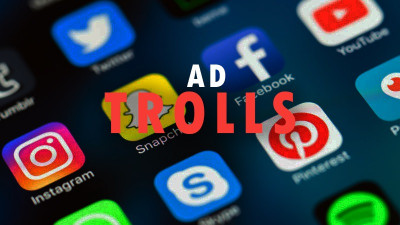



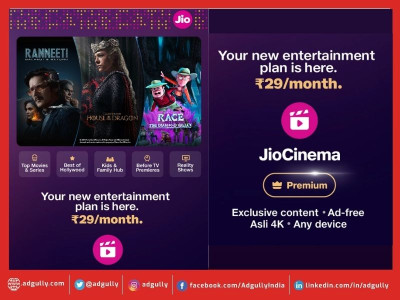
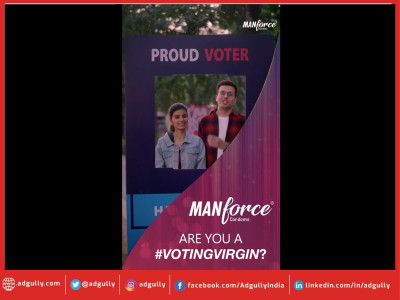






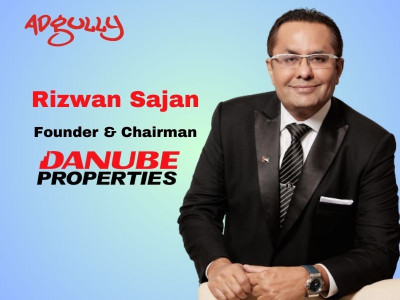
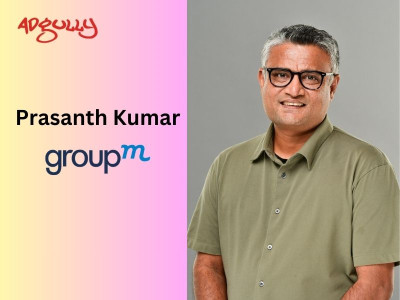
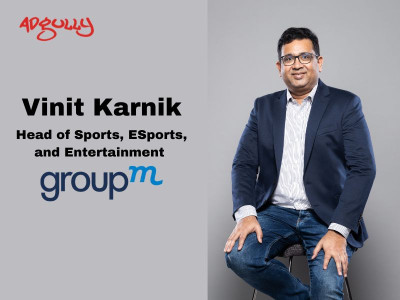
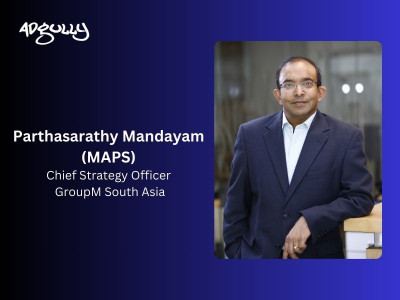


Share
Facebook
YouTube
Tweet
Twitter
LinkedIn